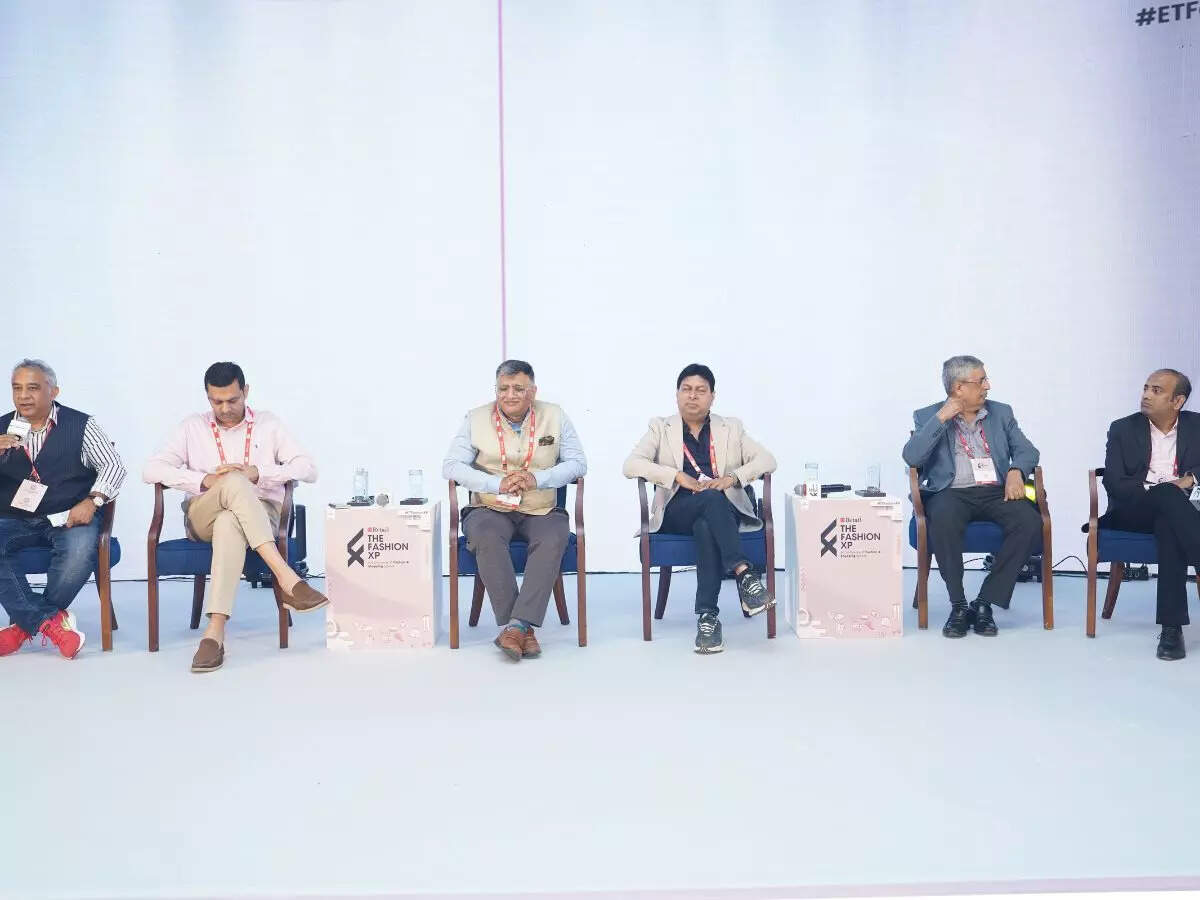
In an era of shifting consumer behavior and rising costs, fashion retailers in India are rethinking the way they pursue profitability. At the 3rd edition of ETRetail The FashionXP – an exclusive panel discussion, moderated by Atul Ujagar, Former MD of NIKE Sourcing India, brought together industry leaders from Lacoste India, Meena Bazaar, SOCH, Arrow, and Sarath City Capital Mall to dissect the fundamental drivers of sustainable, profitable growth in fashion retail.
Retail’s five pillars of success
Rajesh Jain, MD and CEO of Lacoste India, emphasised that success in fashion retail is not about chasing short-term trends. “There are no challenges. There’s no dearth of challenges in retail,” said Jain. He outlined a holistic framework built around five interdependent pillars: top line, bottom line, human resource development, expansion, and customer delight.
On achieving sustainable top-line growth, Jain stressed the importance of the “three Cs”: collection, convenience, and care. “Collection means you have to offer quality and innovation so that customers keep returning. Convenience is the most important factor today. Care for the environment and customers is nascent but picking up fast,” he said.
Regarding expansion, Jain cautioned against growth for its own sake. “It has to be profitable expansion, otherwise the bottom line will not come, and the business may come crashing down.”
He also underlined the role of human resources: “Having the right manpower and upskilling them constantly is critical.” On customer delight, he added, “Customer delight comes when you bring that happiness, that joy in the customer’s life.”
Finally, Jain elaborated on bottom-line considerations, highlighting three major costs: goods sold, personnel, and occupancy. “Unless and until you take care of your cash flows, along with profitability, your business will not sustain,” he concluded.
Ethnicwear’s offline advantage
Sameer Manglani, Partner at Meena Bazaar, shared a sharp industry insight: “Till the time the customer doesn’t see herself in that garment at our retail store, the buying decision is not 100%. There are too many returns, exchanges, and chargebacks.” He explained how Meena Bazaar pivoted away from marketplace partnerships within six months of starting, focusing instead on its own website and physical stores, enabling direct consumer connection and smoother customer journeys.
Manglani summed up Meena Bazaar’s strategy: “For us, offline is where our growth journey is, and that’s where we see the highest bottom line.”
Data-driven inventory management
Manohar Chatlani, co-founder of SOCH, emphasised smart inventory management as key to reducing slow-moving merchandise. “The first step to reduce your slow-moving merchandise is doing the right buying… A person who has earned money while buying cannot lose while selling.”
He explained that as the number of stores grows, data plays an increasing role, estimating that “70% is science and 30% is art.” Chatlani recounted that during end-of-season sales, instead of excess stock, they often have to buy additional inventory to meet demand, showcasing the precision of their data-driven approach.
Profitability vs growth dilemma
Anand Aiyer, CEO of Arrow, argued that “profitable growth” should be the North Star, regardless of market conditions. “It is about the culture you create,” he said. “All decisions must be ROI driven, and organisations must have clear guardrails.”
Aiyer reinforced the importance of the product itself: “If the product is relevant and in line with market trends, the other layers start developing.” He added that many companies today are actively closing underperforming stores to focus on sustainable, profitable expansion.
Strategic partnerships with malls
Indraneel Majumdar, head of Mall at Sarath City Capital Mall, likened the relationship between malls and brands to a marriage: “Both can’t do without each other.” He elaborated on the importance of strategic partnerships, not transactional agreements. “Engagement is not profitability. Profitability is the process towards execution.”
Majumdar stressed the importance of passion at every step, from store layout and design to inventory management and customer experience. He pointed out that some brands now achieve trading densities exceeding ₹6,500 per square foot, setting new benchmarks for profitability.






